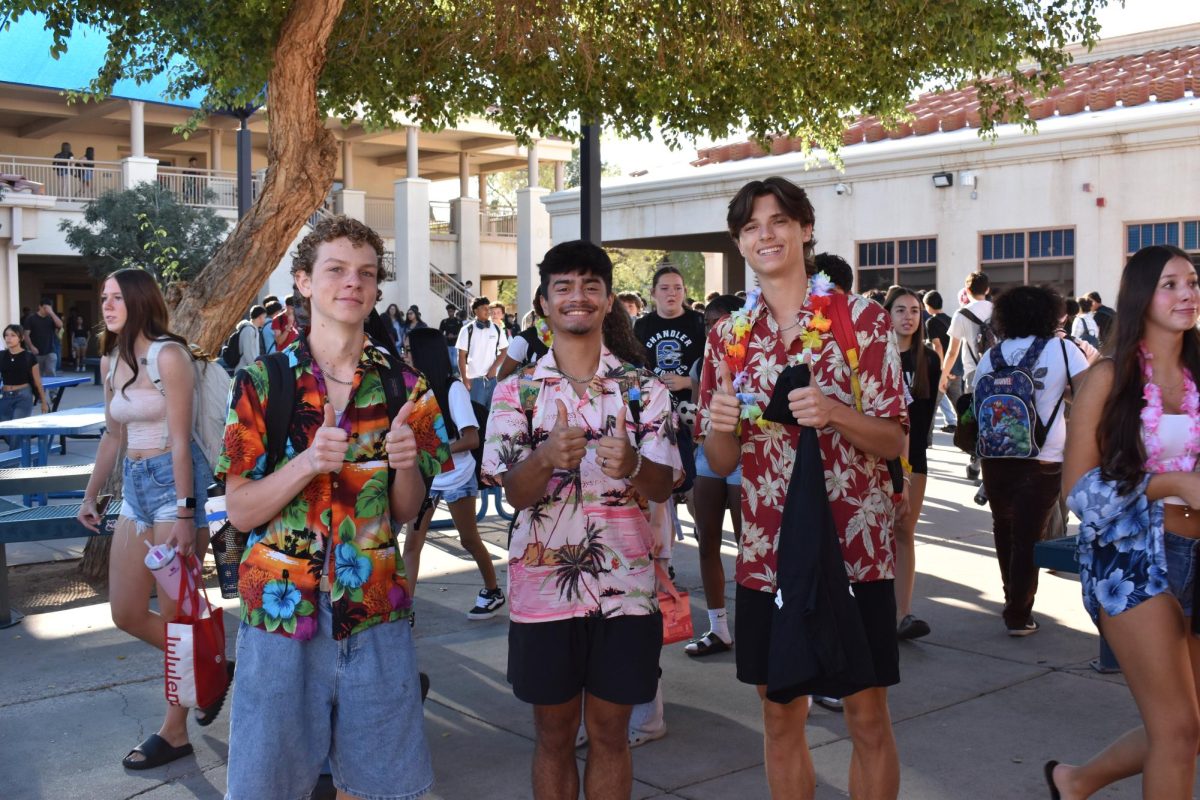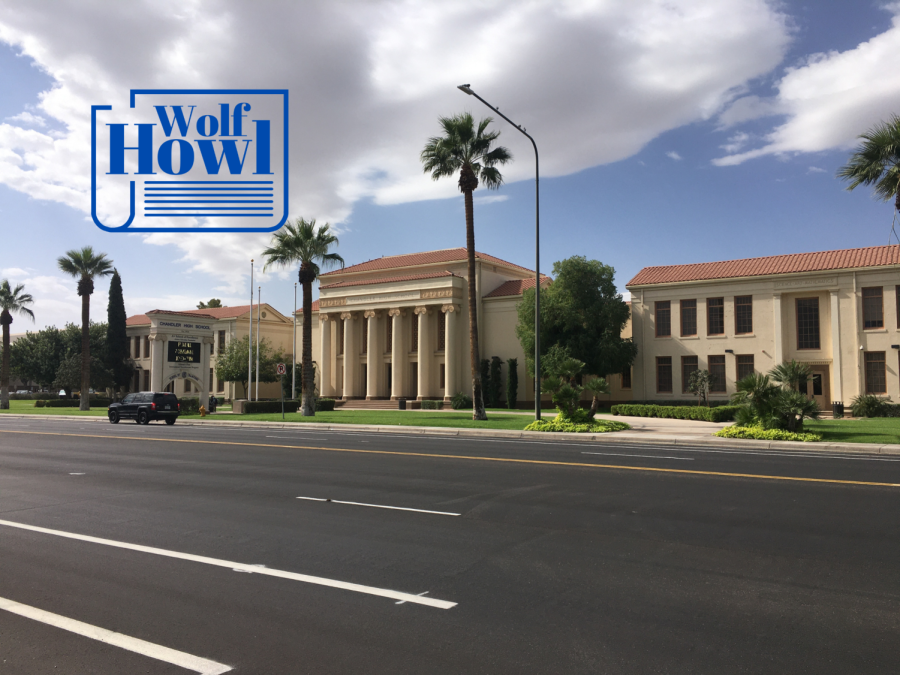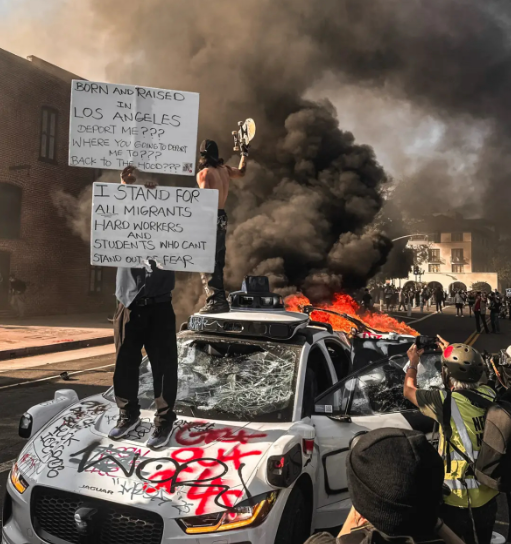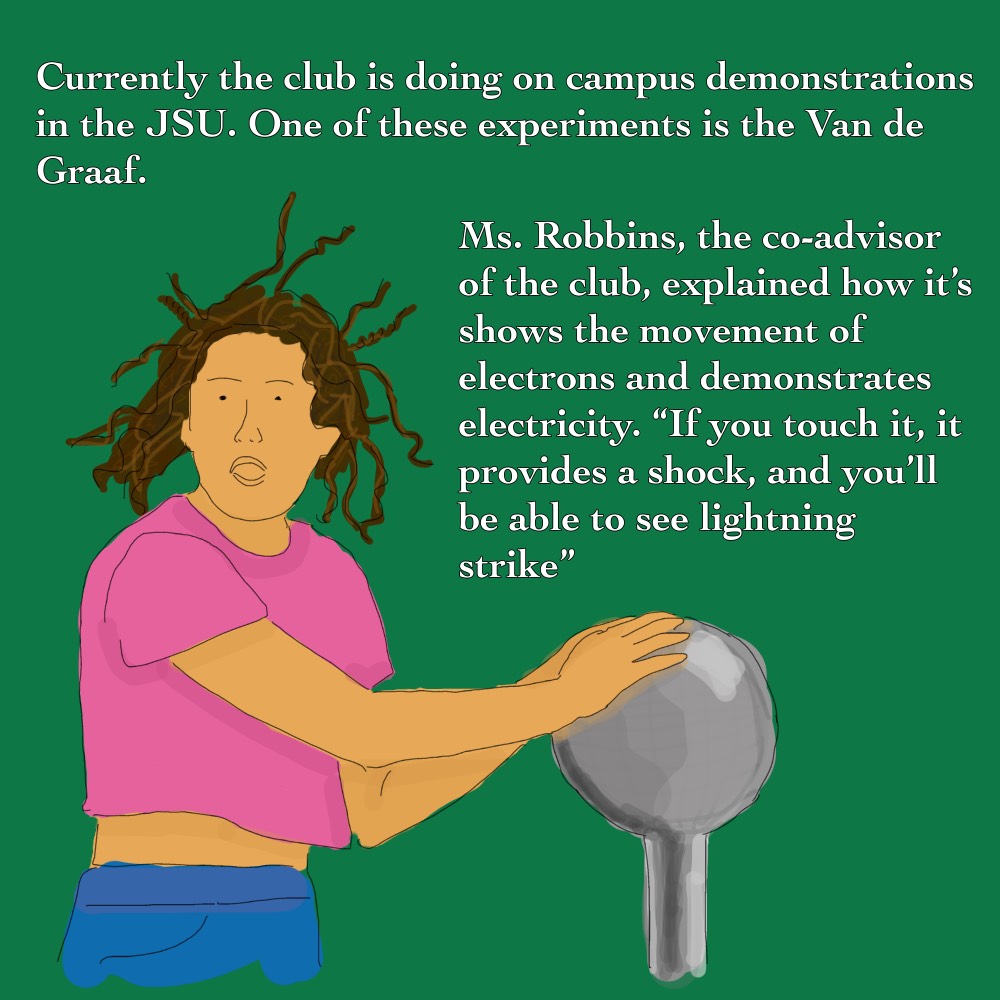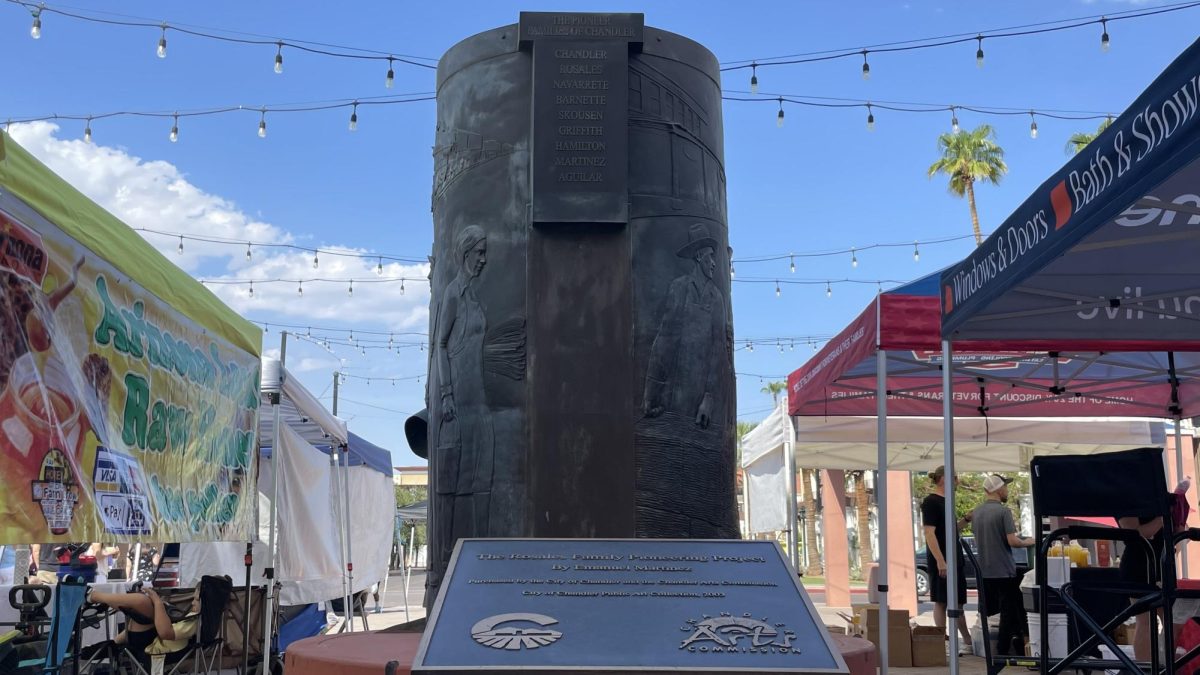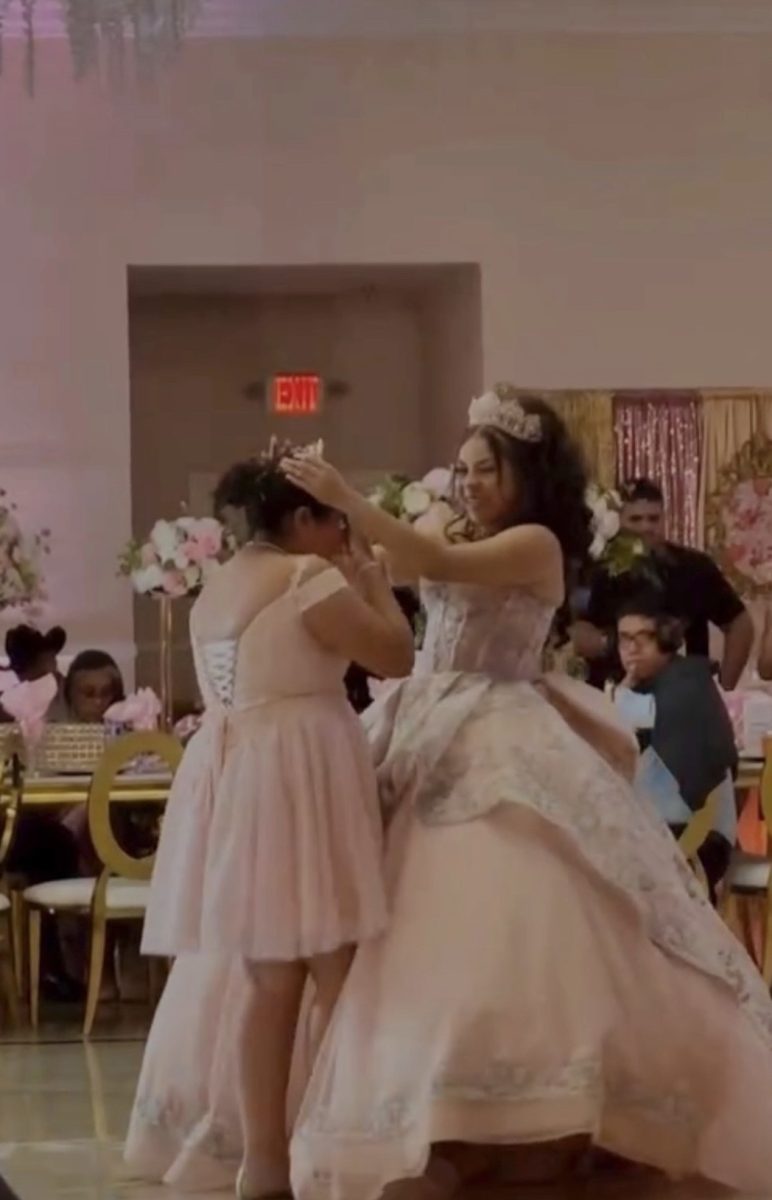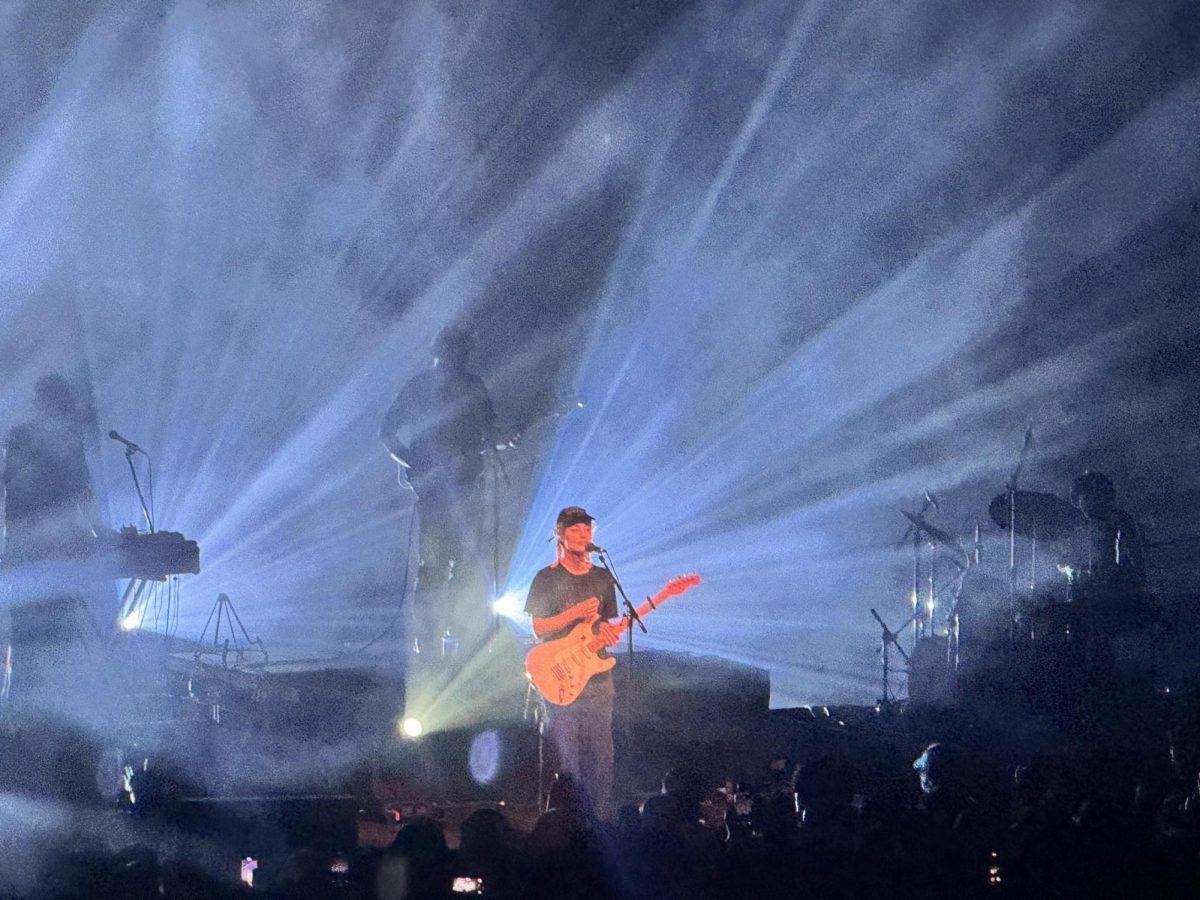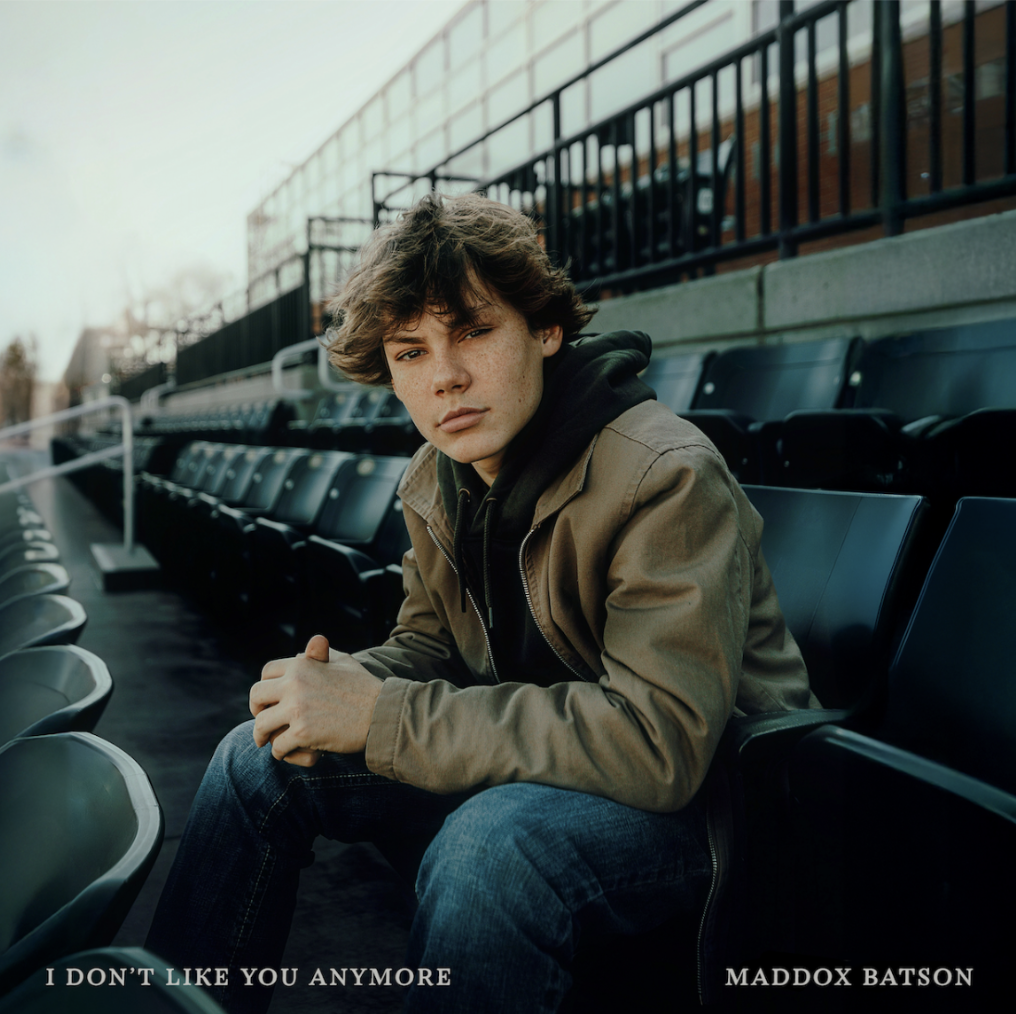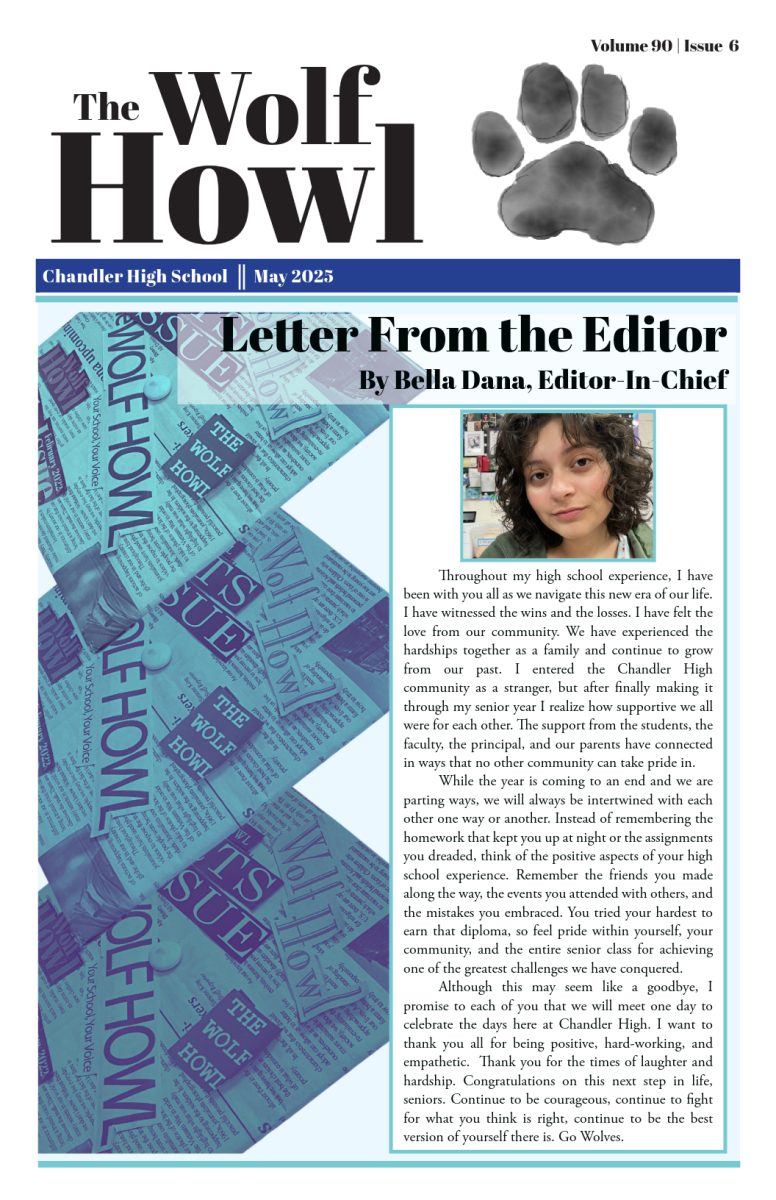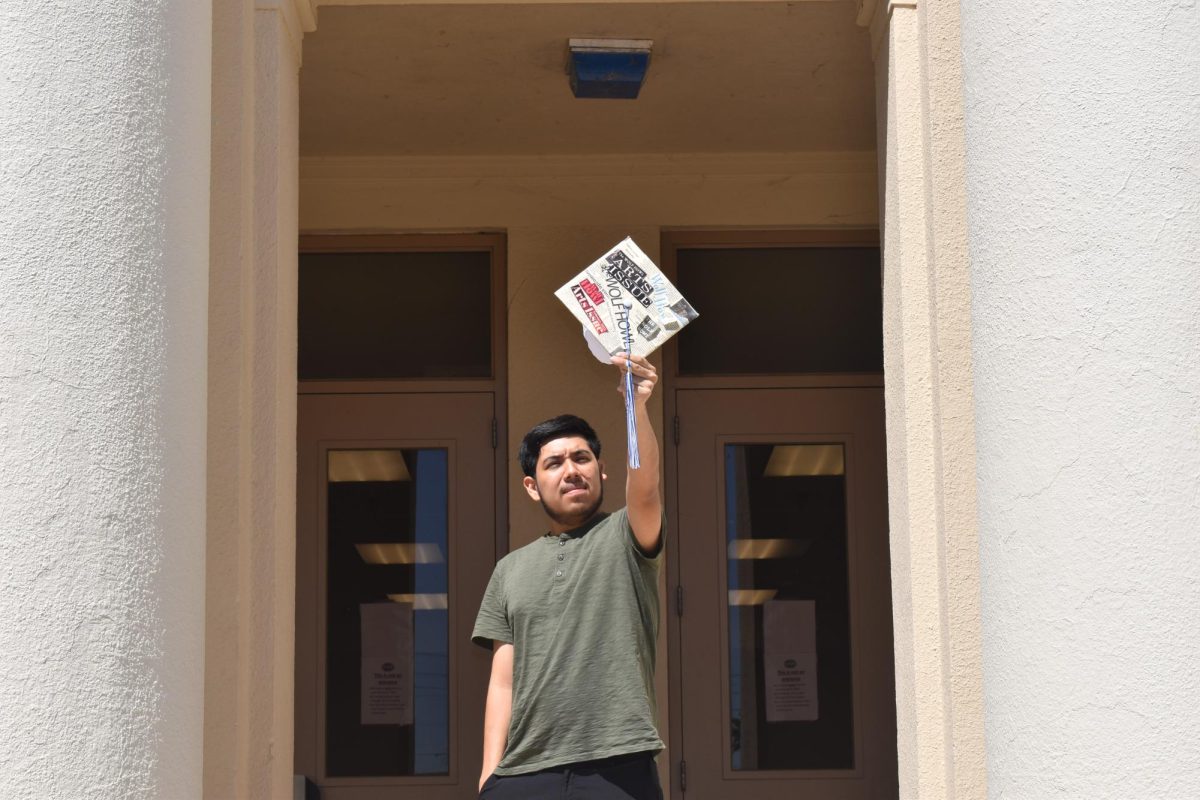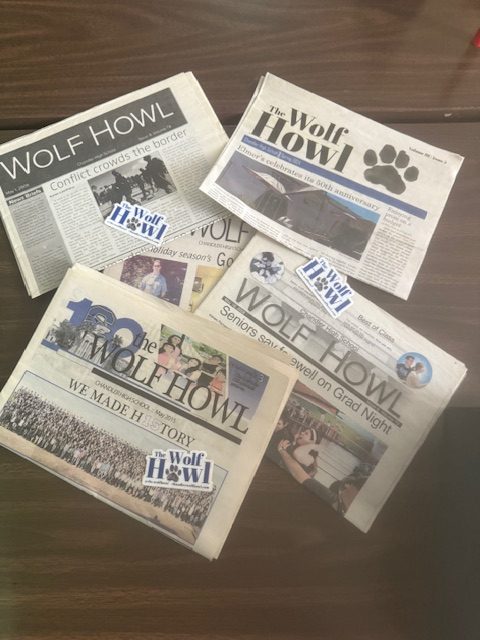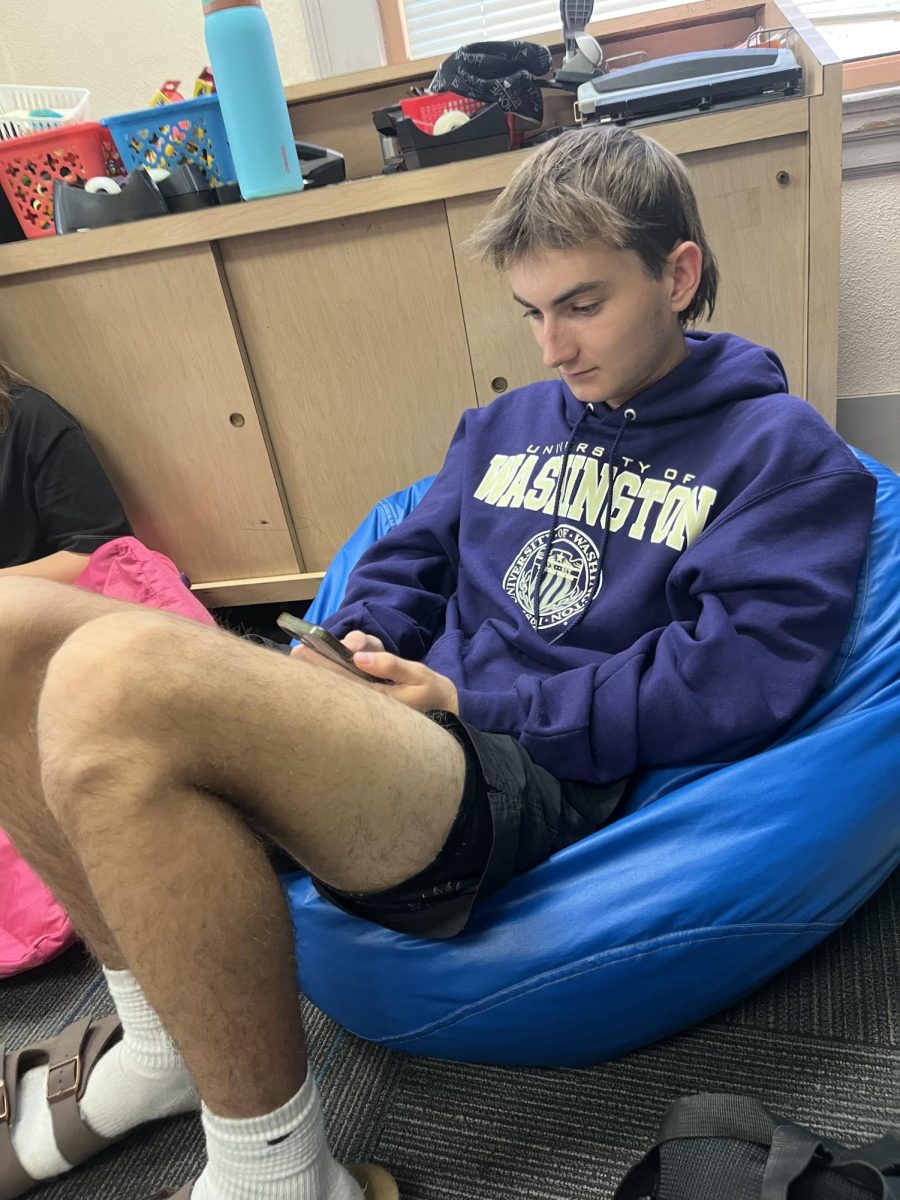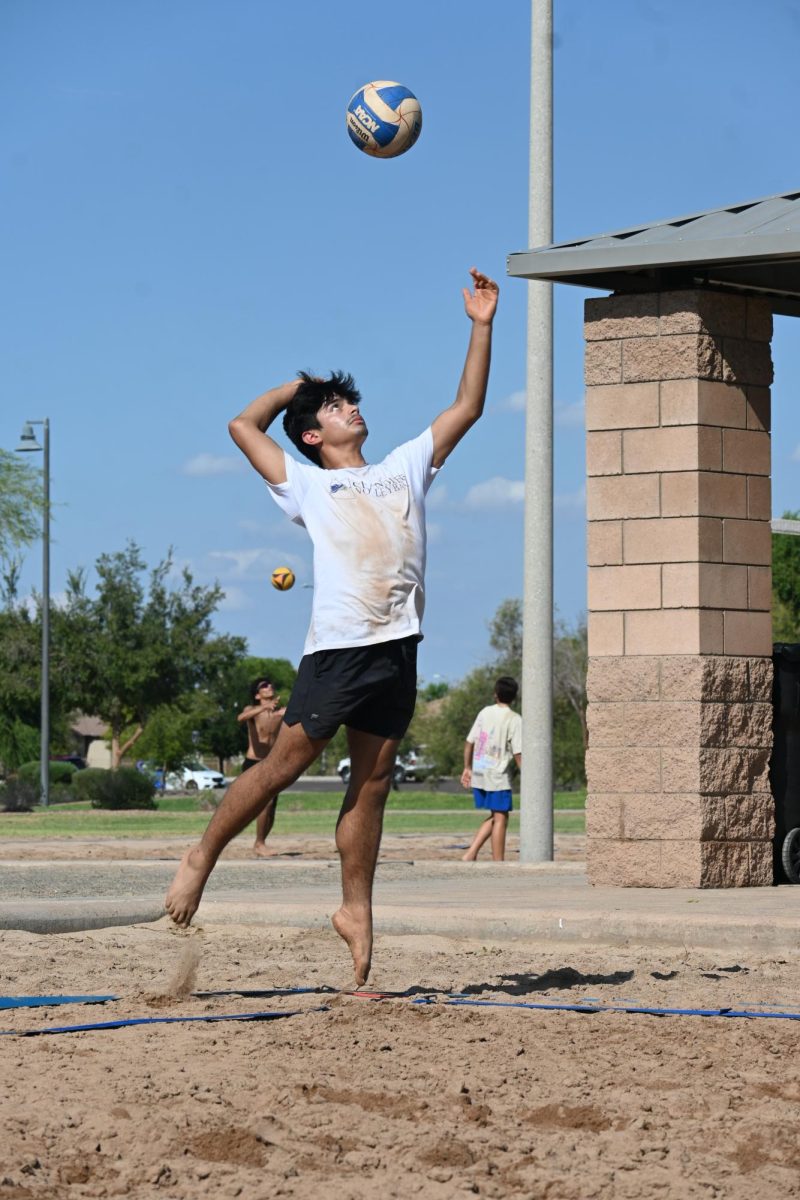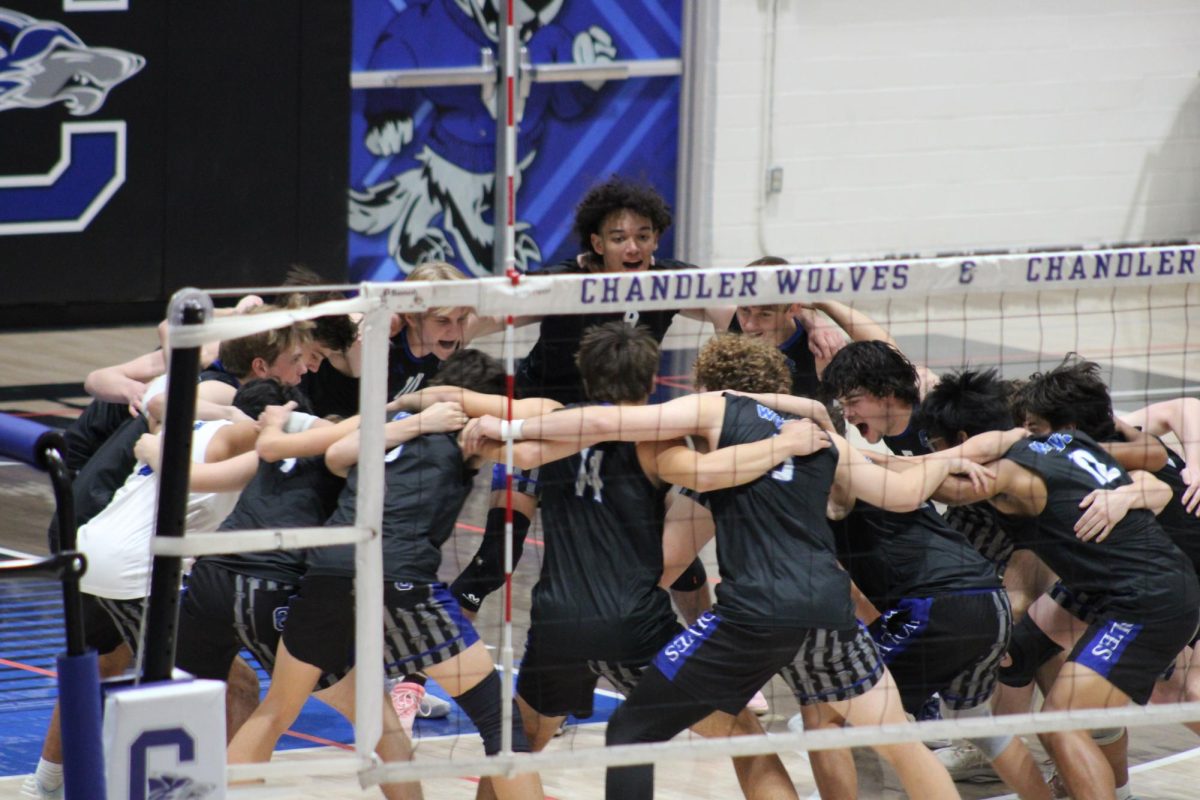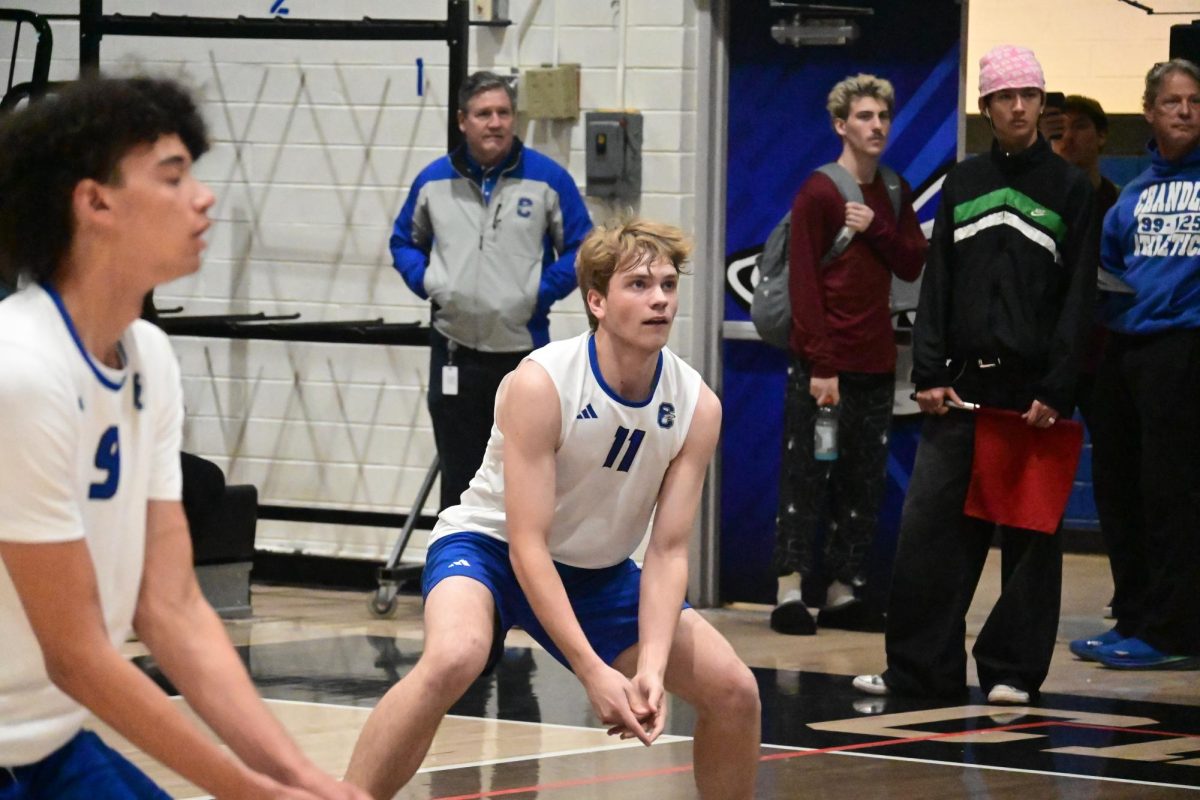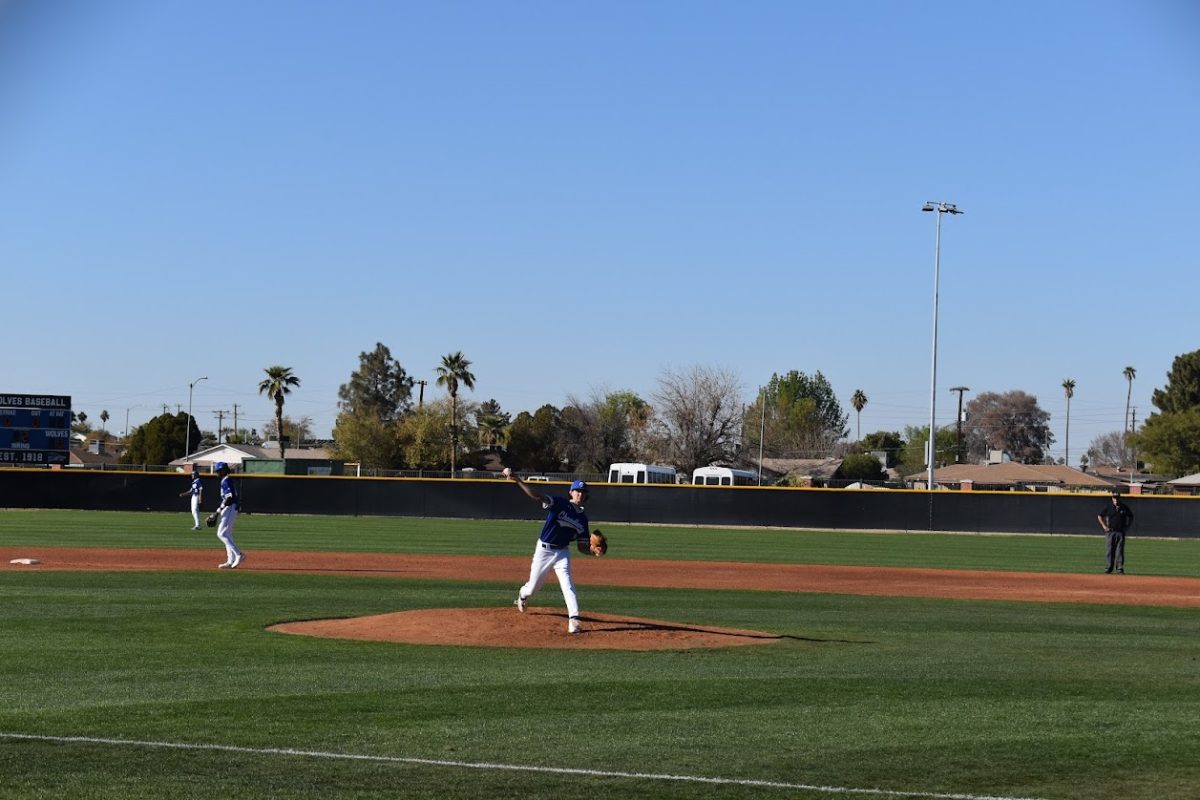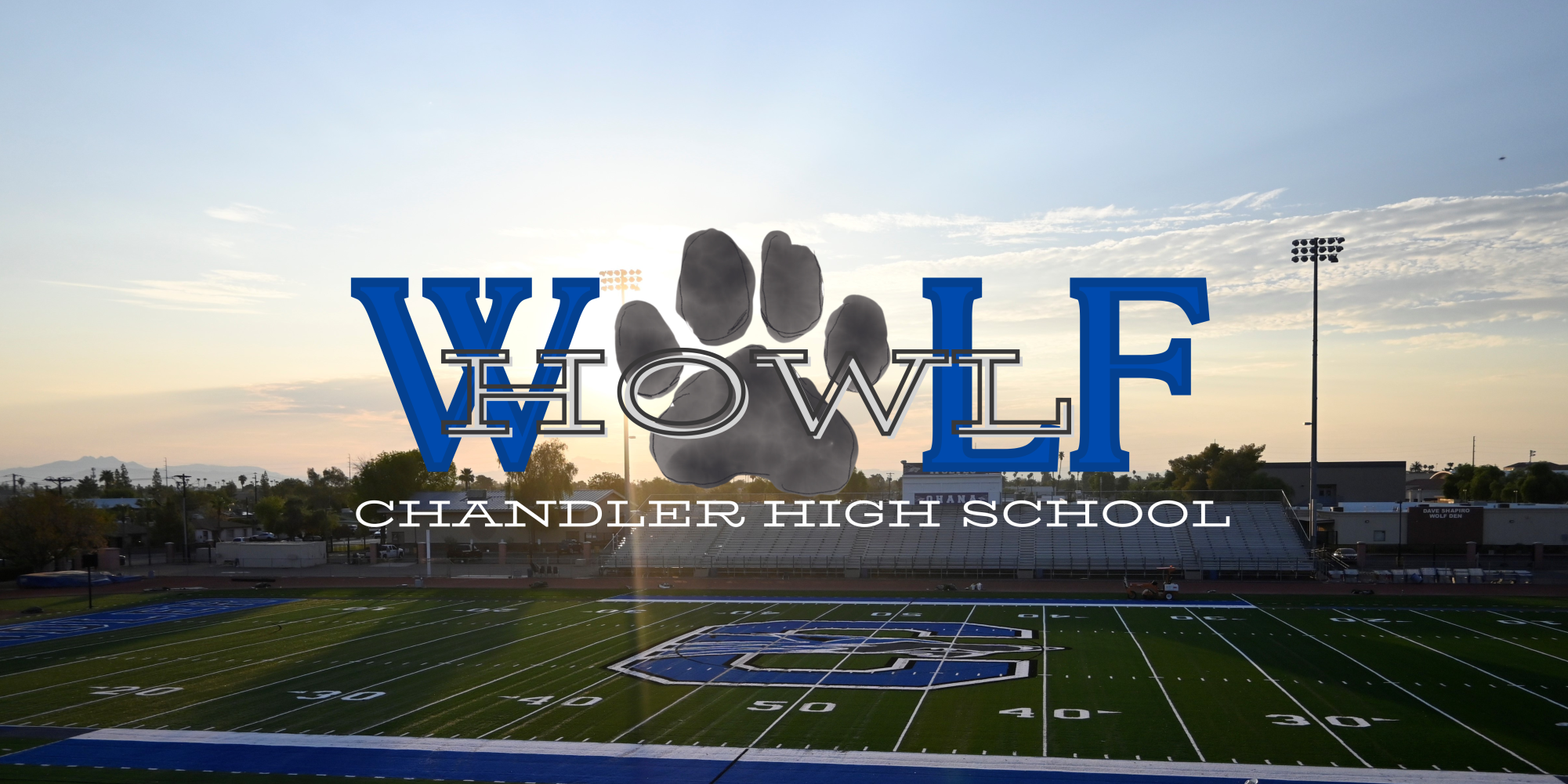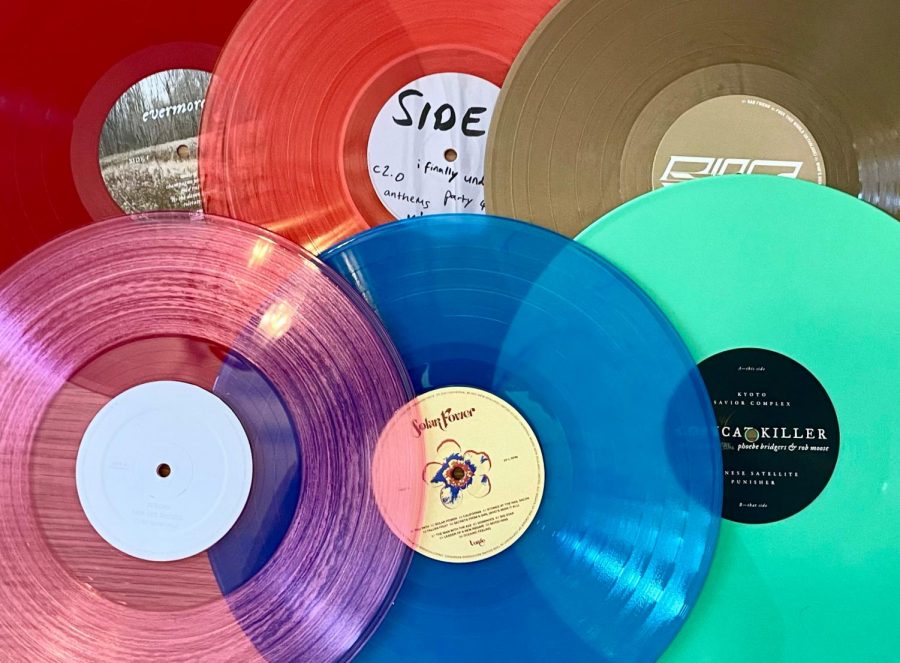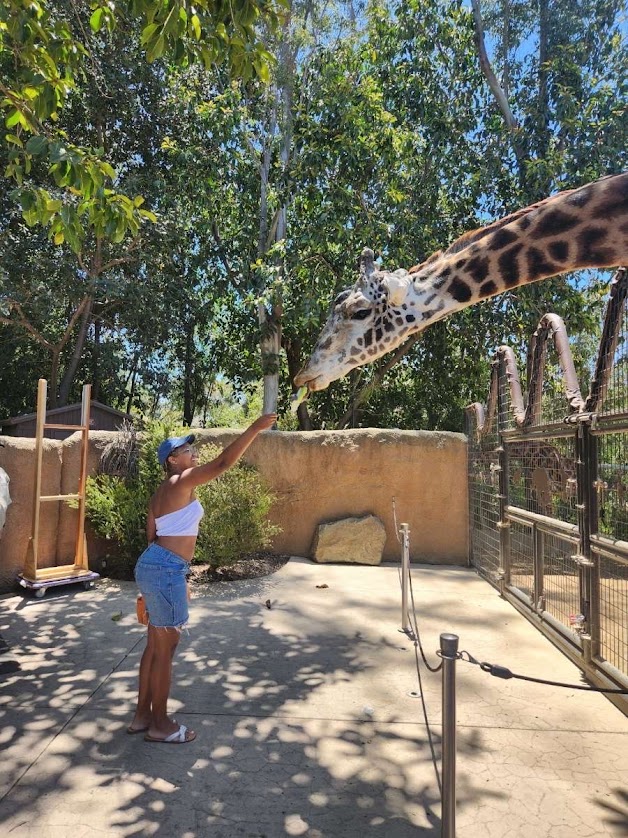With lasting supply chain disruptions, demand increases, and newfound commercial potential, vinyl record production is facing new challenges. Independent artists face wait times of over a year for record production.
Larger artists like Adele, Ed Sheeran, Olivia Rodrigo, and others, as well as big-box retailers like Target, Walmart, and Amazon, have taken new-found interest in the format of vinyl, quickly consuming much of the production capacity in the United States. While popular musicians moved on to CD, and eventually streaming, independent artists relied upon vinyl sales for financial viability and kept small-scale production operations running. As large record labels and artists began to buy up space in these plants, coupled with the difficulty of establishing new pressing plants and COVID supply disruptions, smaller artists are feeling the impacts of waiting lists.
Artists who don’t pull Adele-level streaming numbers can’t afford to release an album without physical copies— especially with a lack of income from tours following the last two years. Independent artist Damon Krukowski said, in his newsletter focused on independent artist’s issues, “projects submitted today are being given dates in 2023… when our inventory at our distributor hits zero, so does our income from physical media.” With notoriously low payouts from Spotify and other streaming platforms, selling physical copies matter most to smaller artists. So why are record labels and huge artists so concerned about pressing massive vinyl runs, which near 500,000 copies for some artists?
The financial and charting incentive for large scale record labels, which some independent artists are calling corporate greed, proliferate this issue. Krukowski continued later in the post, saying “Nine thousand LPs are nothing to Ed Sheeran. But they are a means to survival for independent artists like me.”

